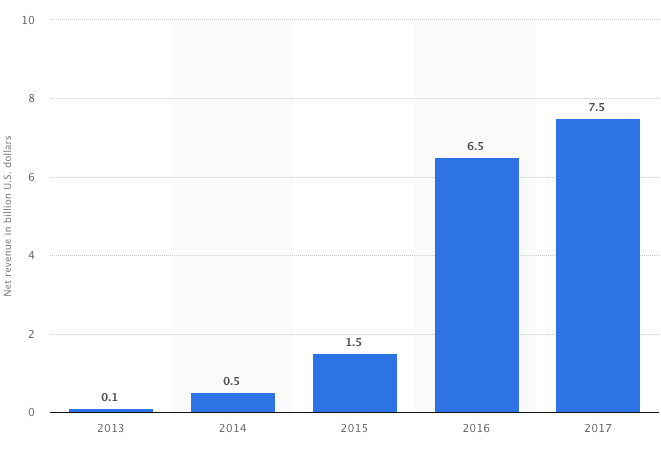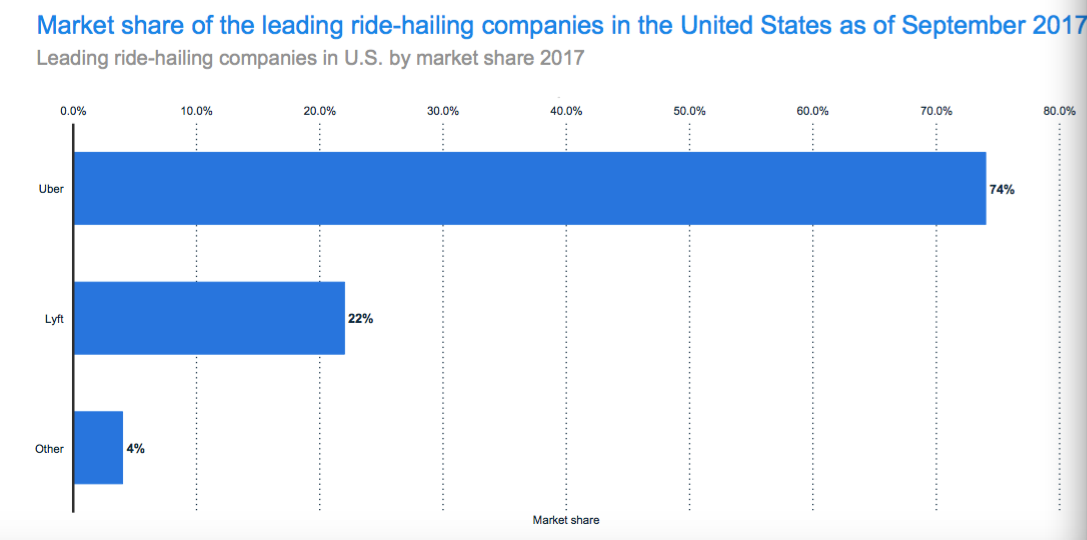Uber Pestel Analysis Case Study
Key Learning Outcomes
By the end of the case, students should be able to:
- Understand the broad macro-environment of Uber and the ride sharing industry in terms of political, economic, social, technological, environmental and legal factors (PESTEL/PEST/STEEPLE).
- Use our business strategy case studies to understand real life strategy applications.
- To apply strategy business models and frameworks such as Pestle/Pest/Steeple etc. to real company cases.
Use Pestel analysis example to understand the macro business environment of Uber.
- See also, Uber Swot Analysis 2019
1.0 INTRODUCTION
Founded in 2009, Uber is a taxi and ride-share app-based platform that matches riders with drivers of own cars via an app or its website. Headquartered in San Francisco, the ride hailing company offers services such as car sharing, taxi cab hailing, bike sharing, food delivery, transit tickets, and rental cars at the lowest possible cost. Uber’s strategic focus over the last few years has been to drive efficiencies via scale and to this end; it has invested vast sums in its technology platform and demand prediction algorithms that match supply and demand in an effort to offer the lowest prices, which it touts as up to 40% cheaper than conventional taxis (Mintel 2018).
Like similar tech companies such as Airbnb, Lyft and Uber make money as aggregators, taking a commission off fares paid by consumers with the rest going to the service provider. Revenues have grown 15 times from $100million in 2013 to $7.5billion in 2017 as shown in figure 1 (below). Latest revenues for Q2 2018 were estimated at $12billion (Bhuiyan 2018).
Figure 1: Uber’s global revenue 2013 to 2017 (in billion US dollars)

Source: Statista 2018c
Uber commanded a market share of approximately 73% in its biggest market, the USA in 2017 (see figure2), and still commands market leadership in most geographies encompassing over 83 countries and 220 cities, making it the biggest ride sharing company in the world (Statista 2018).
Figure 2: Market share of leading ride hailing companies in the United States as of September 2017.

Source: Statista 2018
Using a PESTEL analysis of Uber, this report will examine threats from the macro environment that are economic, social, technological, legal and environmental in nature which affected Uber and the ride hailing industry throughout much of 2017 and 2018 while identifying the available growth opportunities in the market. This will include an analysis of some of the key political factors affecting Uber, as well as the major technological factors driving the ride hailing industry.









